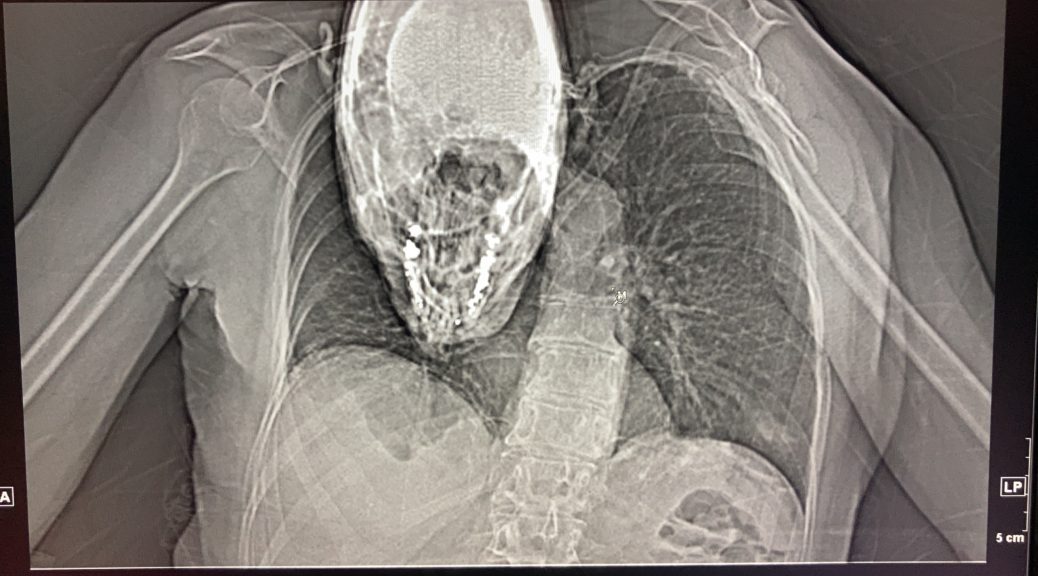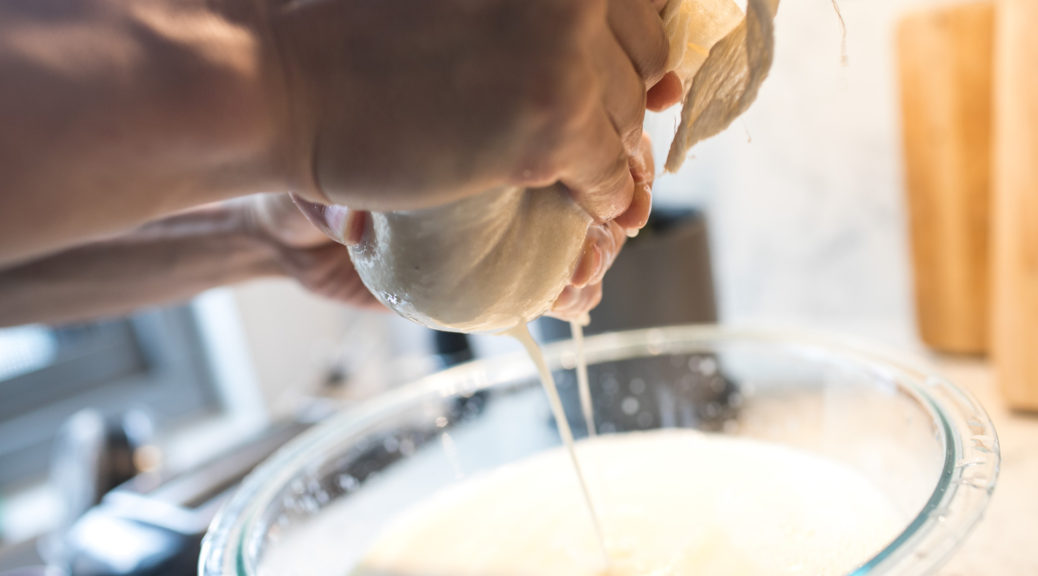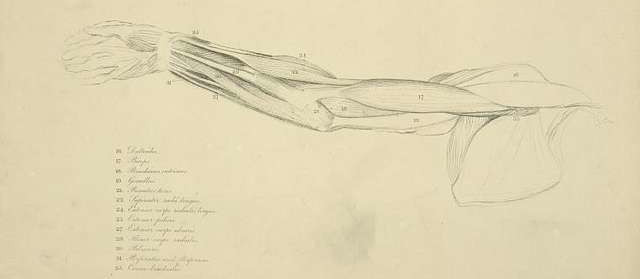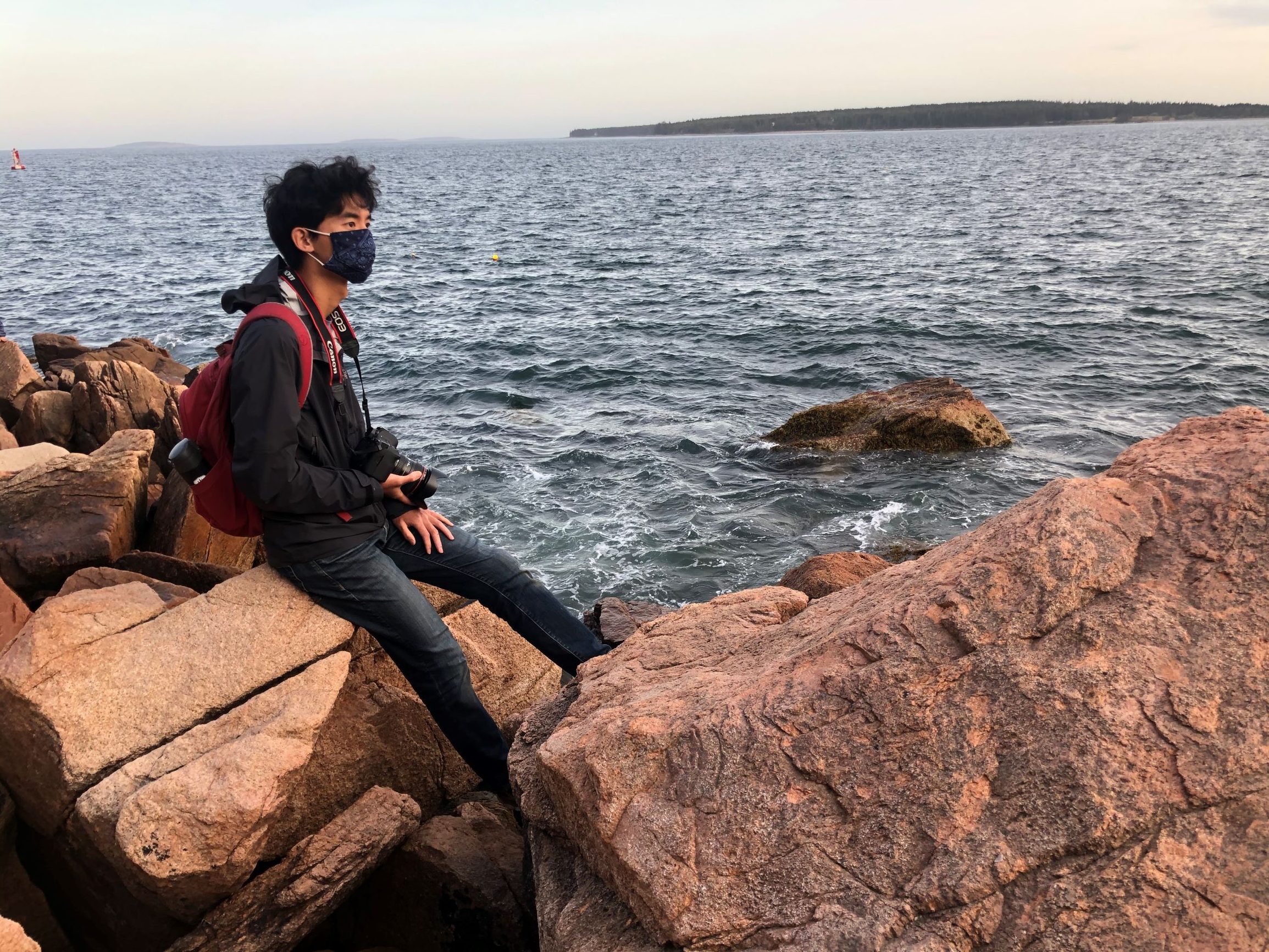Radiology night shifts are a frenzy. Maddenly, absurdly difficult. An older internal medicine doctor once asked me “oh, do you get to sleep during your call shifts?” and I scoffed. Sleep?! We hardly have time to go to the bathroom!
Labeling radiology nights as “call” is misleading, suggesting that we only spring into action when some rare clinical circumstance occurs (like checking if a baby’s bowel is twisting itself off). “Night float” gets closer, implying a skeleton night crew takes over to cover overnight emergency issues (like if a patient in the scanner requires special attention). I mean, we do those things too, but the commodity of modern radiology is incorporated real-time into many diagnostic workups, so we’re basically ALWAYS needed.
Continue reading The Toll of Radiology Nights






